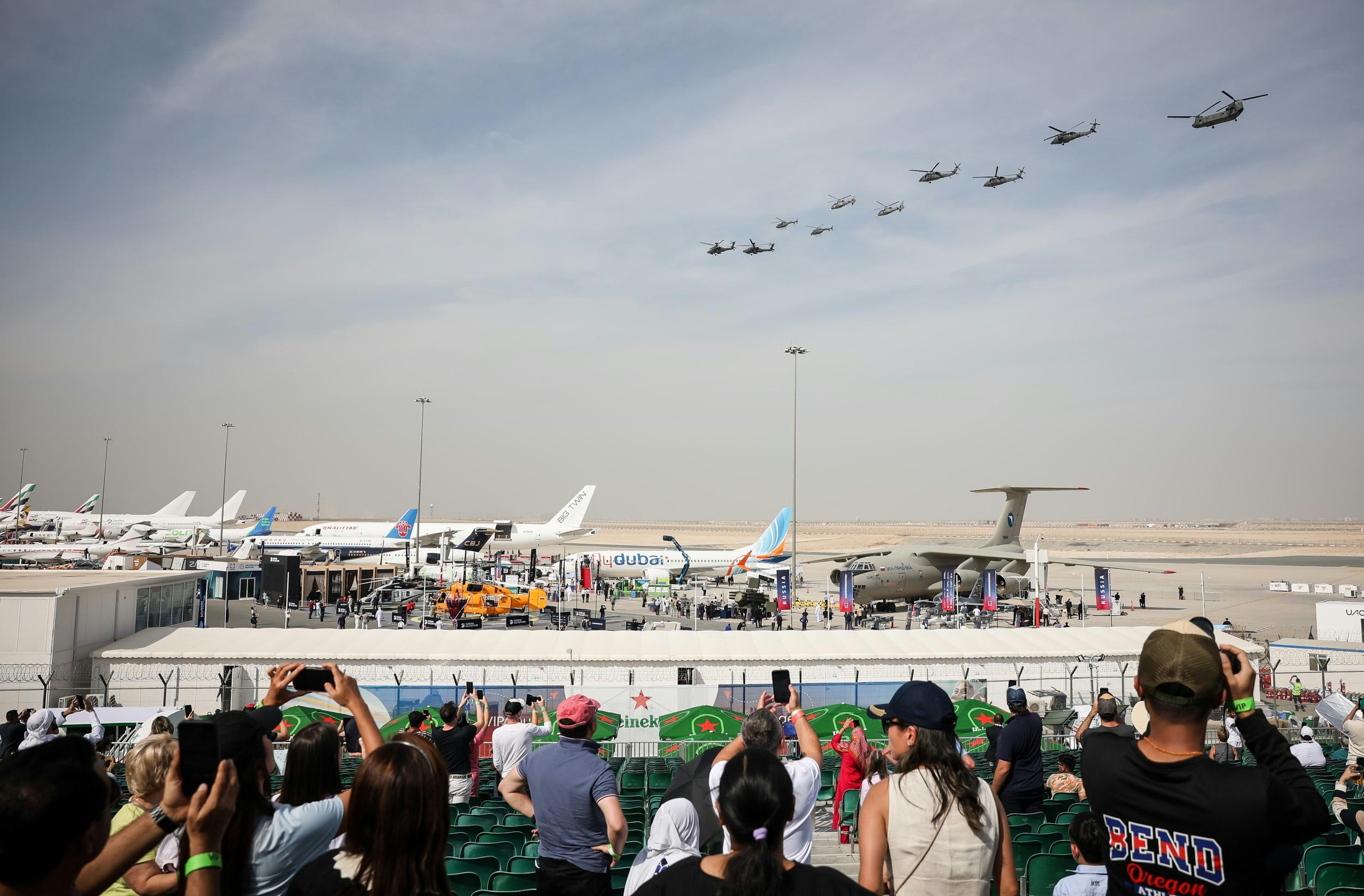
AeroGenie — Uw intelligente copiloot.
Trending
Categories
Thai Airways CEO Advances Efforts to Streamline Fleet

Thai Airways CEO Advances Efforts to Streamline Fleet
Strategic Reduction of Aircraft Types
Thai Airways International is accelerating its initiative to simplify its aircraft fleet as part of a broader strategy to enhance operational efficiency and reduce costs during its ongoing post-pandemic recovery. CEO Chai Eamsiri detailed the airline’s progress in an interview with the Bangkok Business digital newspaper, emphasizing the importance of fleet standardization in strengthening the carrier’s competitive position.
Prior to the COVID-19 pandemic, Thai Airways operated eight different aircraft types. This number has since been reduced to six, with a target to further streamline the fleet to just four types by 2033. According to ch-aviation data, the current fleet comprises 79 aircraft, including twenty A320-200s, five A330-300s, twenty-three A350-900s, five B777-200ERs, seventeen B777-300ERs, six B787-8s, and three B787-9s. The CEO regards the two B787 variants as a single aircraft type. The airline retired its A380-800s and remaining B747-400s shortly after the onset of the pandemic.
Looking ahead, Thai Airways plans to reduce the number of aircraft types to five by 2029 with the retirement of the B777-200ERs, and ultimately to four by 2033 following the phase-out of the A330-300s. Despite this simplification, the overall fleet is expected to expand to 150 aircraft by 2033, consisting of fifteen B777-300ERs, seventeen A350-900s, sixty-six B787s (both -8 and -9 variants), and fifty-two Airbus narrowbodies.
Fleet Expansion and Leasing Commitments
In addition to streamlining, Thai Airways is actively engaged in the leasing market and has placed substantial orders to support its fleet modernization. The airline has committed to acquiring thirty-two A321-200neos, six B787-10s, and forty-two B787-9s. Deliveries of the A321neos are scheduled between November 2025 and August 2028, while four additional B787-9s are expected in the first half of 2026. The B787-10 deliveries will commence in mid-2027, accompanied by the arrival of fourteen B777-300ERs over a 12-month period starting May 2027. Factoring in planned retirements, CEO Eamsiri anticipates the fleet will grow by 80 aircraft by the end of 2028.
Navigating Challenges Amid Competitive Pressures
While the fleet streamlining strategy aims to reduce costs and improve profitability, it presents several challenges. Thai Airways must carefully balance cost-cutting measures with maintaining profitability and sustaining stakeholder confidence, all within a complex regulatory environment. The airline’s recent profitable turnaround has already attracted increased investor interest, reflecting market approval of its strategic direction.
The competitive landscape in the region remains intense. Rivals such as All Nippon Airways and Cathay Cargo may reconsider their own fleet strategies and operational efficiencies in response to Thai Airways’ moves. Meanwhile, competitor Ascend Airways continues to expand its fleet, underscoring the ongoing competition in the Asian aviation market.
As Thai Airways advances its fleet modernization and simplification efforts, its capacity to manage operational risks and adapt to evolving market dynamics will be crucial to sustaining its recovery and supporting future growth.
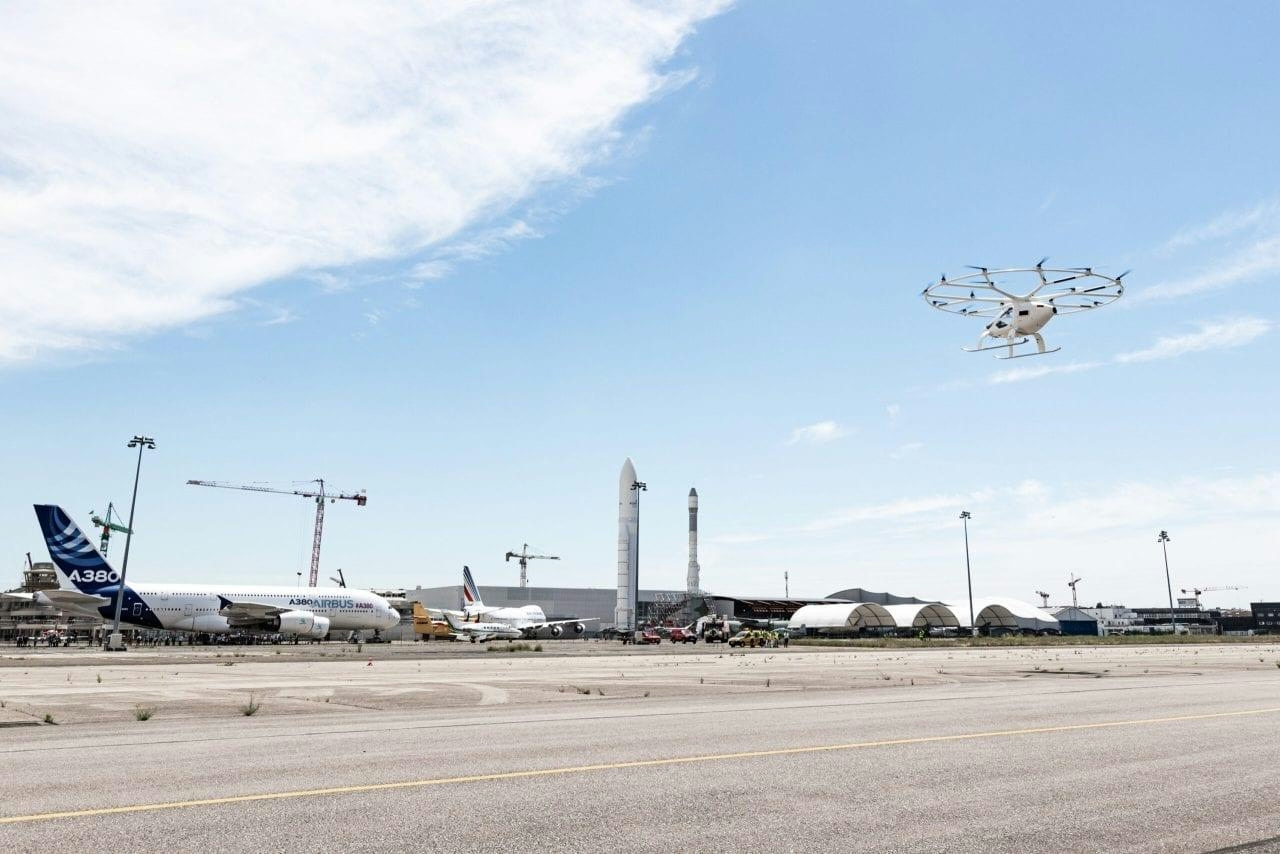
Volocopter to Launch First European eVTOL Sandbox Program in 2026

Joby Reveals Locations for New Vertiports

Ariyax Capital Launches AXPT Initiative
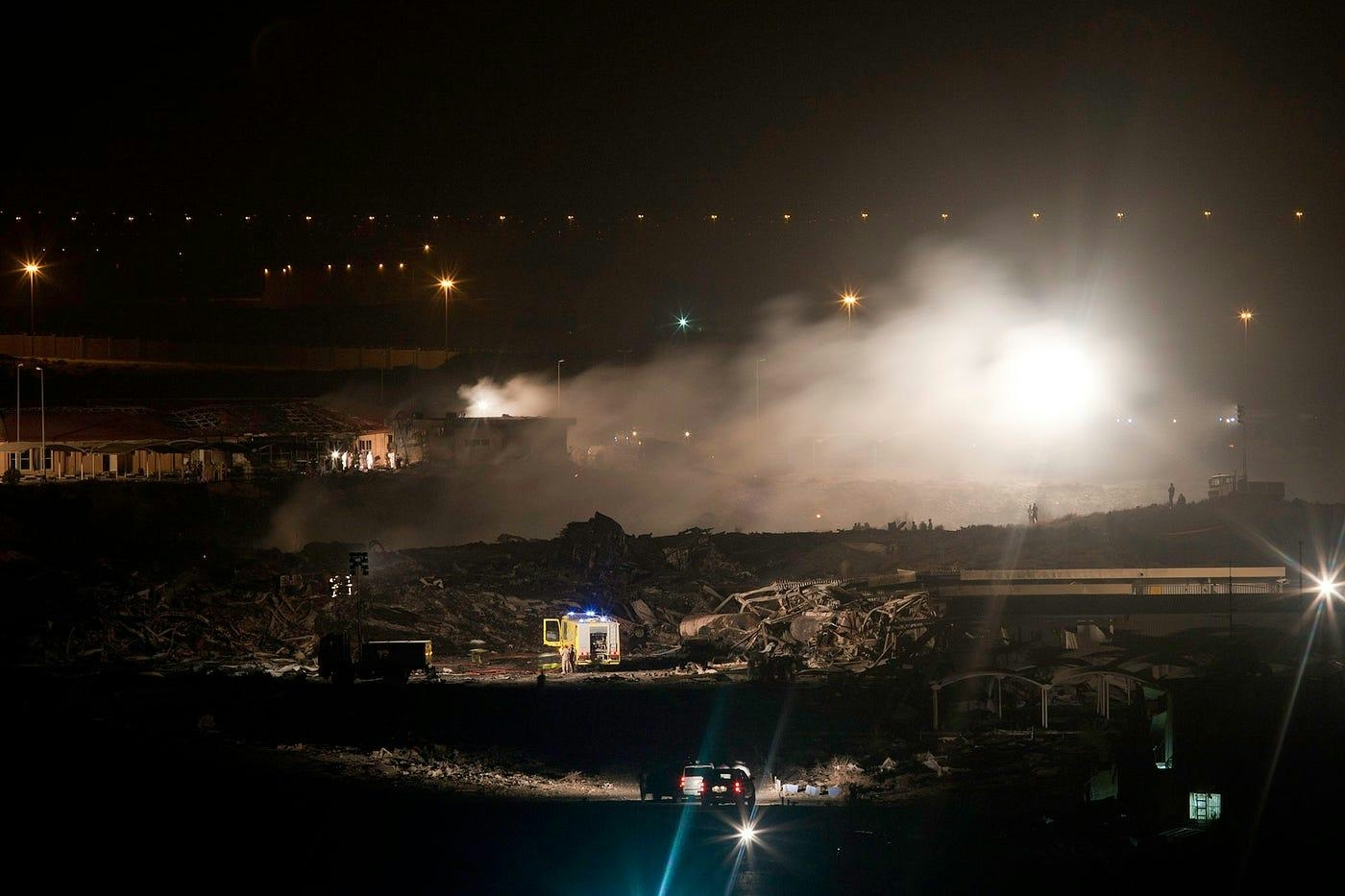
Report: 747 Engine at Full Throttle During Fatal Hong Kong Runway Excursion
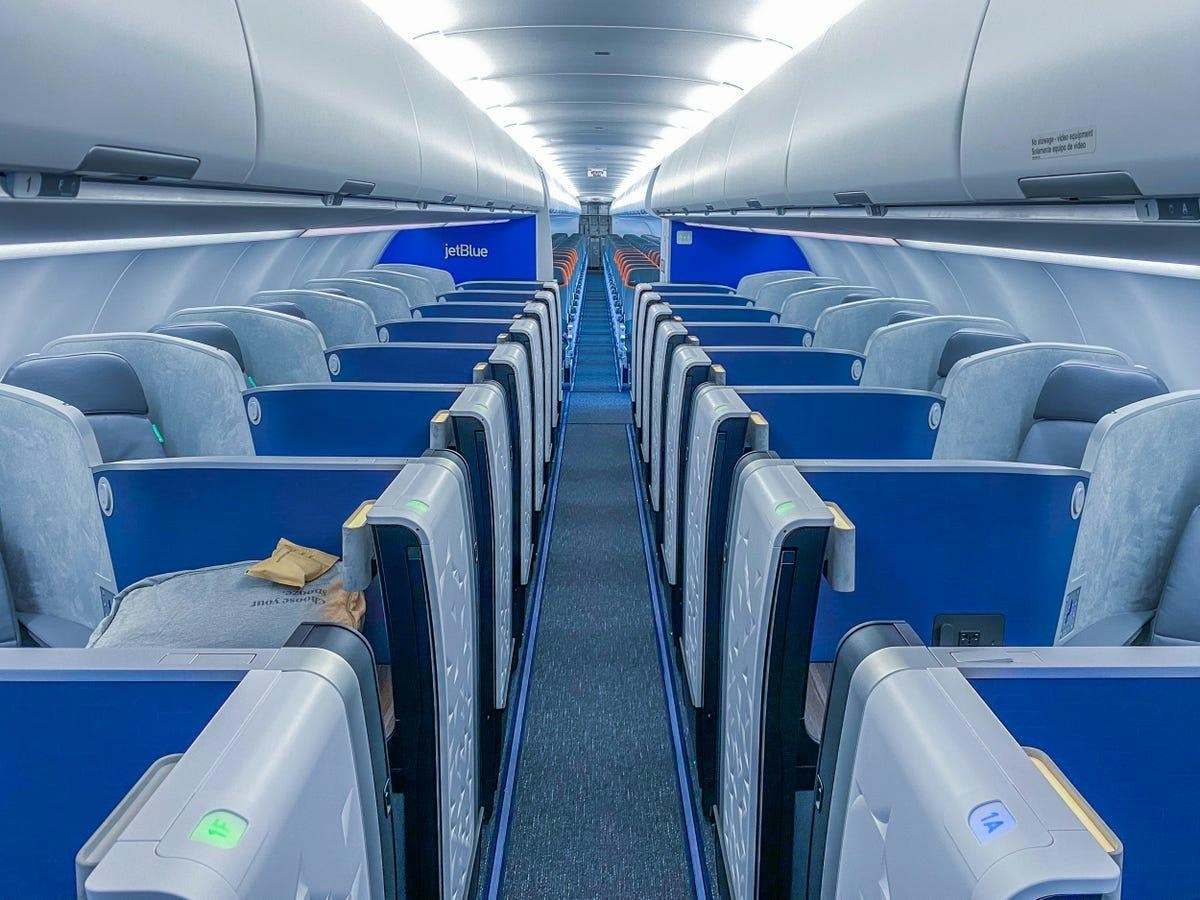
Airlines Shift From Widebody to Narrowbody Aircraft on Long-Haul Routes

Joramco Signs New Agreements with Emirates and SalamAir at Dubai Airshow
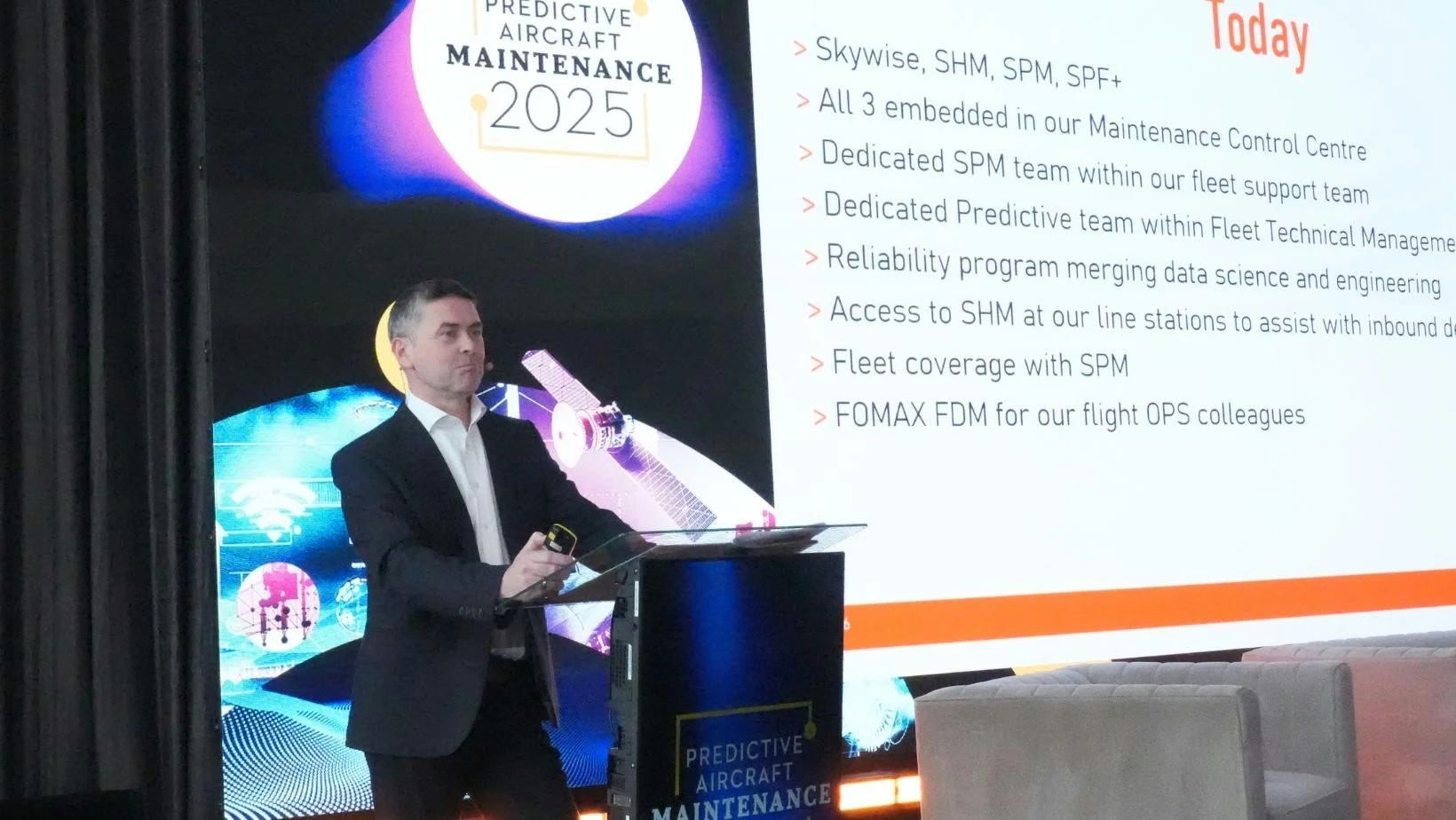
easyJet Highlights Reliability Improvements Ahead of PAM Dublin 2025

PAL, Citi, and UKEF Finalize Financing for Rolls-Royce Trent XWB-97 Engine
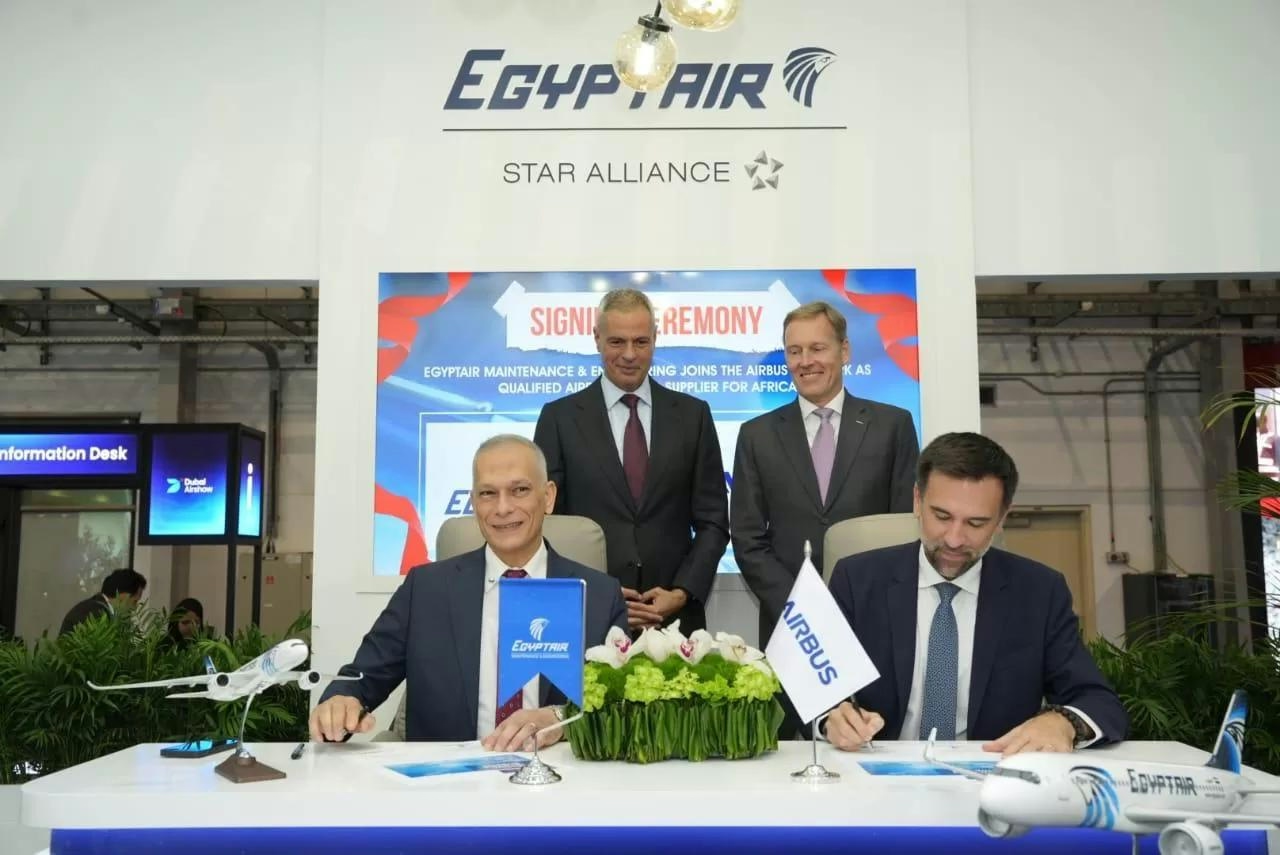
EgyptAir Obtains Airbus Certification for Structural Maintenance
